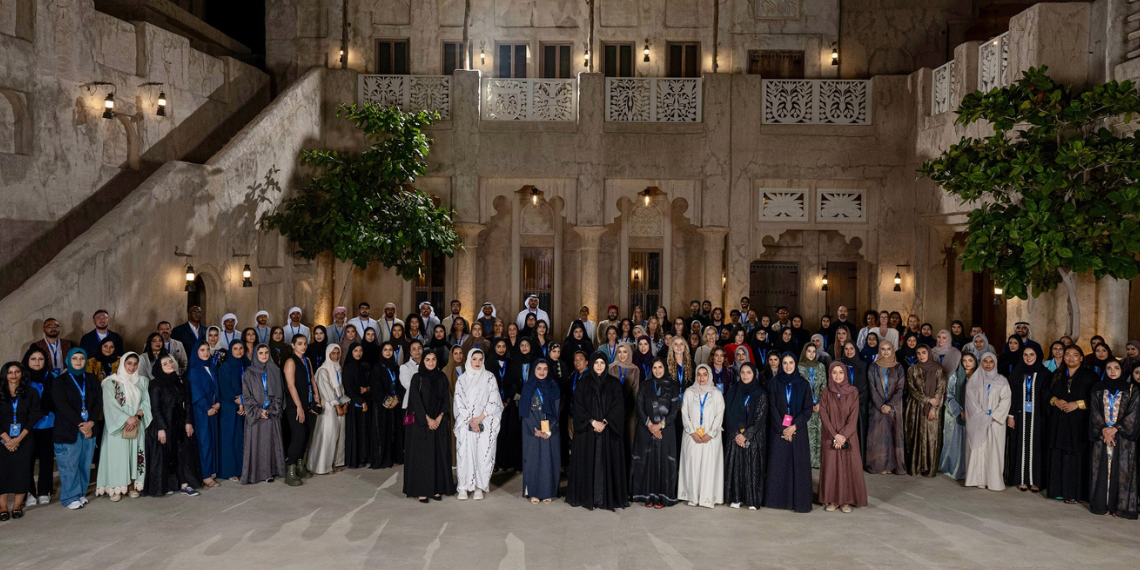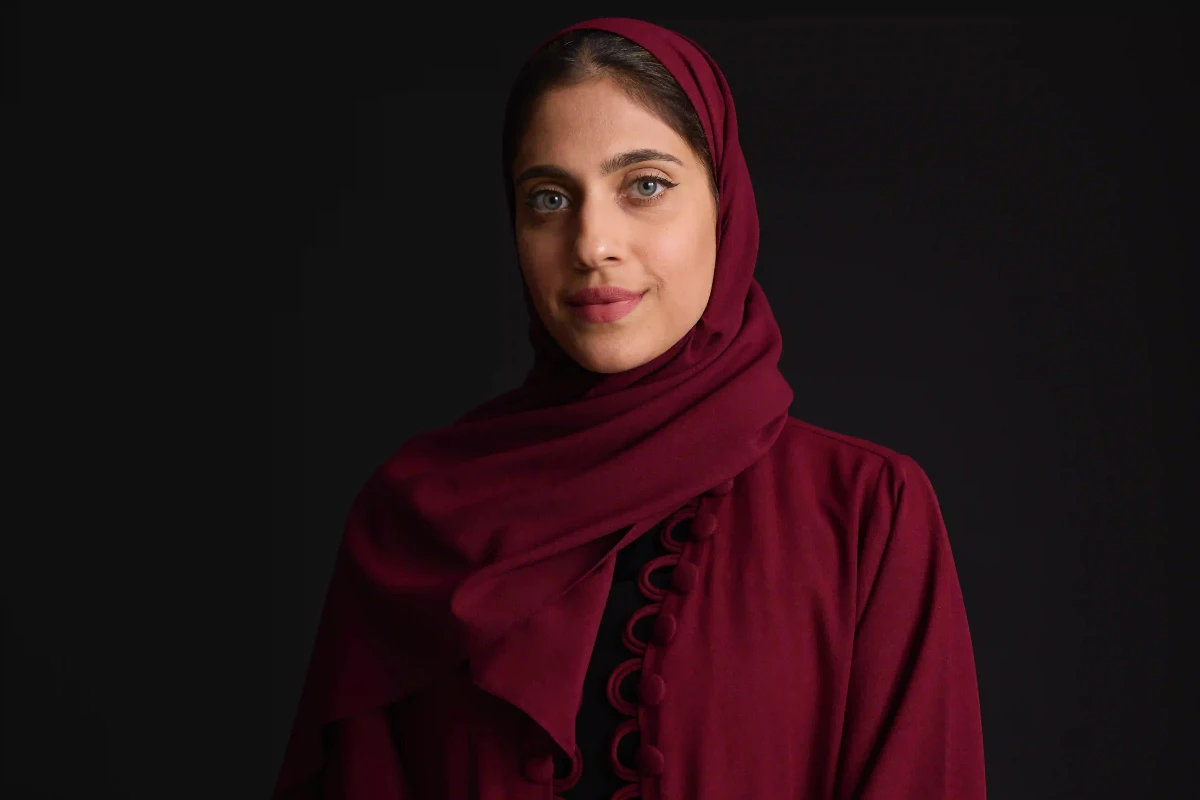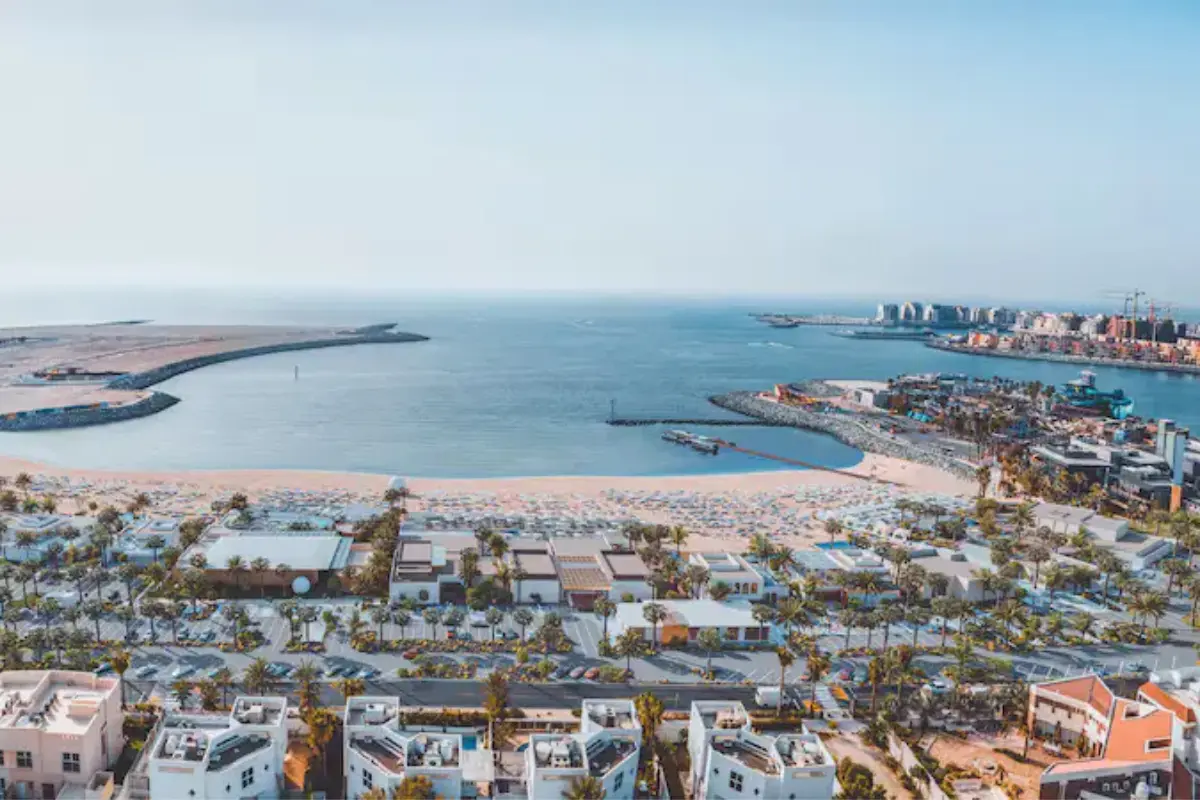The season of events, dedicated to the work of artists and craftsmen from all over the world, continues in the United Arab Emirates. From February 23 to March 3, the renowned Sikka festival was held in the heart of the historical district of Dubai Al Shindagha, the place where one of the largest emirates in the UAE originated.
Top government officials, influencers, and media representatives attended the event, evidencing its importance and prestige. Her Highness Sheikha Latifa bint Mohammed bin Rashid Al Maktoum, Chairperson of Dubai Culture & Arts Authority, also personally attended the opening of the exhibition, which demonstrates the high standards of the event.
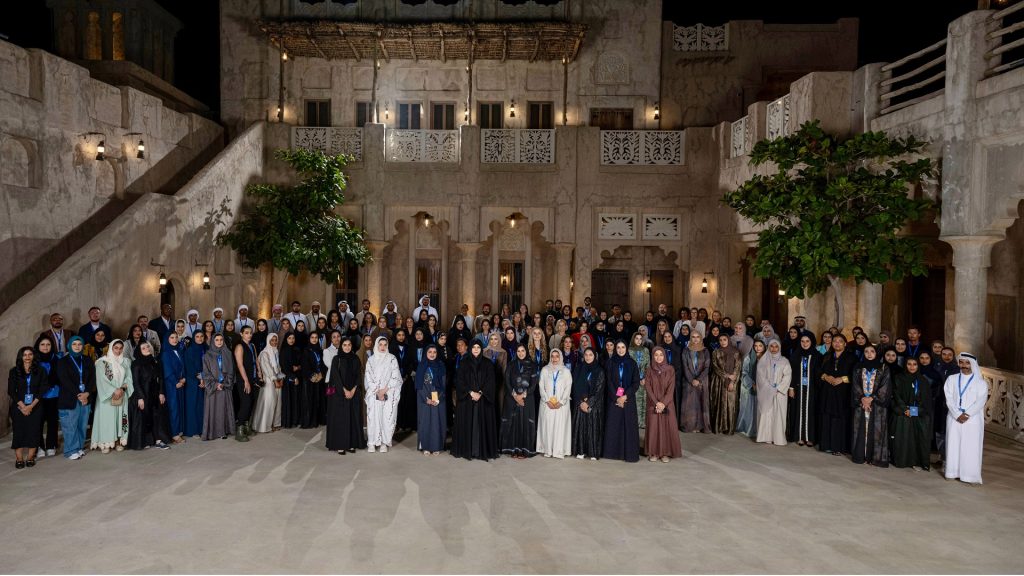
Sheikha Latifa carefully researched the work of the artists presented at this cultural festival. In a short period of time, she talked to many artisans from the UAE and other countries of the Persian Gulf. She praised the artists for their exceptional work and highlighted their contribution to the cultural life of the Emirate, highlighting the innovative and outstanding nature of their ideas.
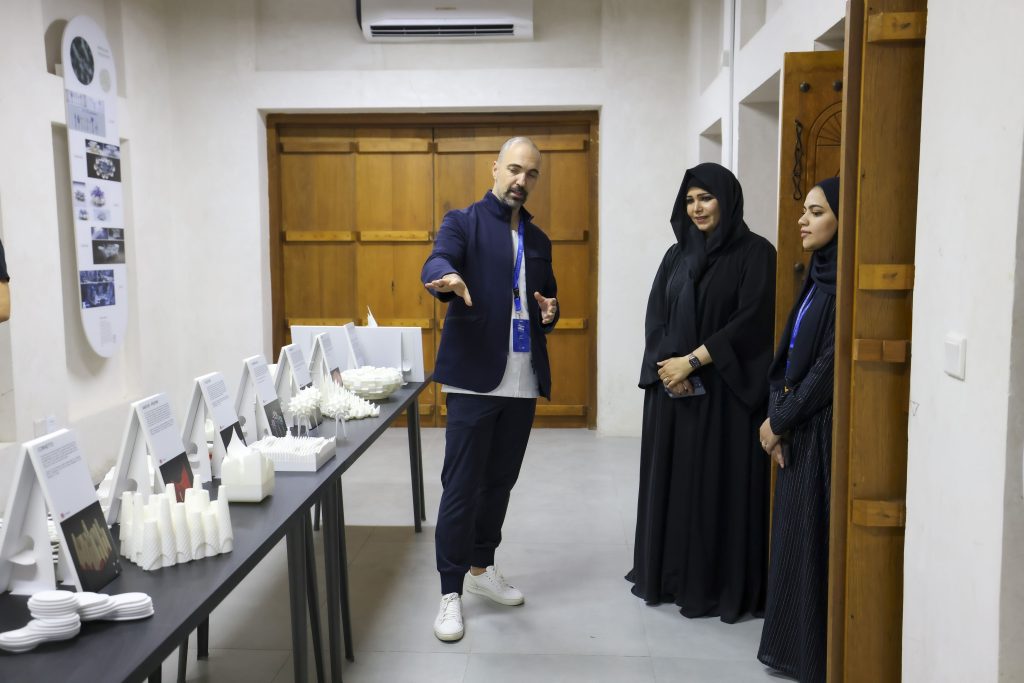

The 12th Sikka edition, held under the slogan “New creativity, the same way,” derives its name from the Arabic word “Sikka,” meaning “alley.” This designation reflects the event’s location amidst the narrow streets between the low-rise buildings of the Dubai Creek corniche, where the main exhibition events unfolded
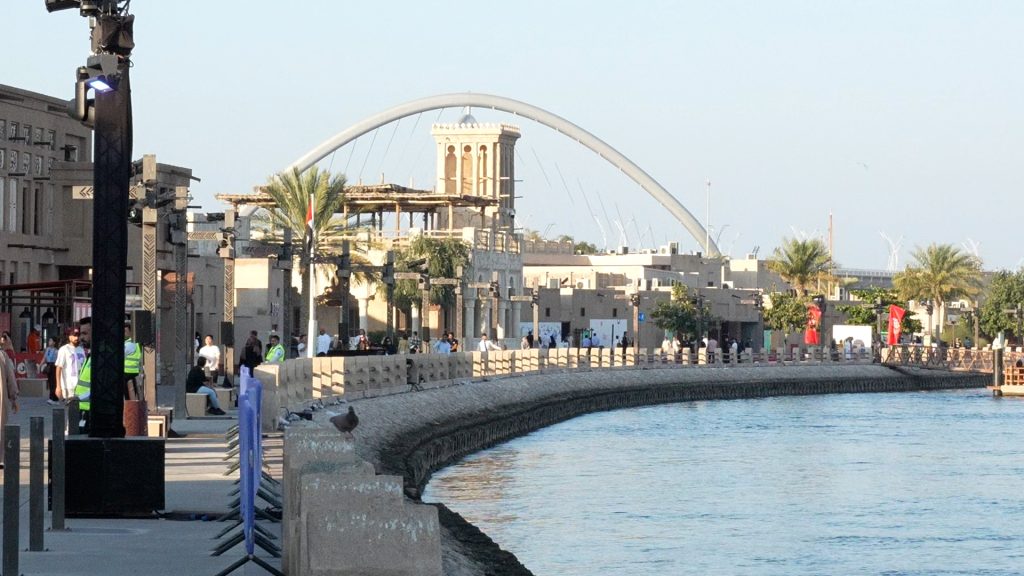

The residence of the Al Maktoum dynasty stands at the center of the historic district. This long 19th-century building (constructed around the 1830s, although the exact date is unknown) served as the home of Dubai’s ruling family in the past. From 1912 to 1958, the grandfather of the current ruler resided here. The architectural style of the house is typical of the Arab world, featuring spacious courtyards, vaulted ceilings adorned with intricate patterns, and elaborately decorated arched doorways. Today, this building functions as one of the main heritage museums in Dubai.
The event featured works by authors from all over the world. In the category of ceramic and sculptural works, we can find products by European authors.
“My works at this exhibition are dedicated to the Dymkovsky toy,” says Margarita Fayzulina, a participant of the event from the city of Orsk (Orenburg oblast, subject of Russia). “The Dymkovsky toy belongs to the Vyatka, the historical district of the Kirov region, but since we were taught all kinds of traditional crafts from childhood, for me this product is a great symbol of our cultural traditions.”
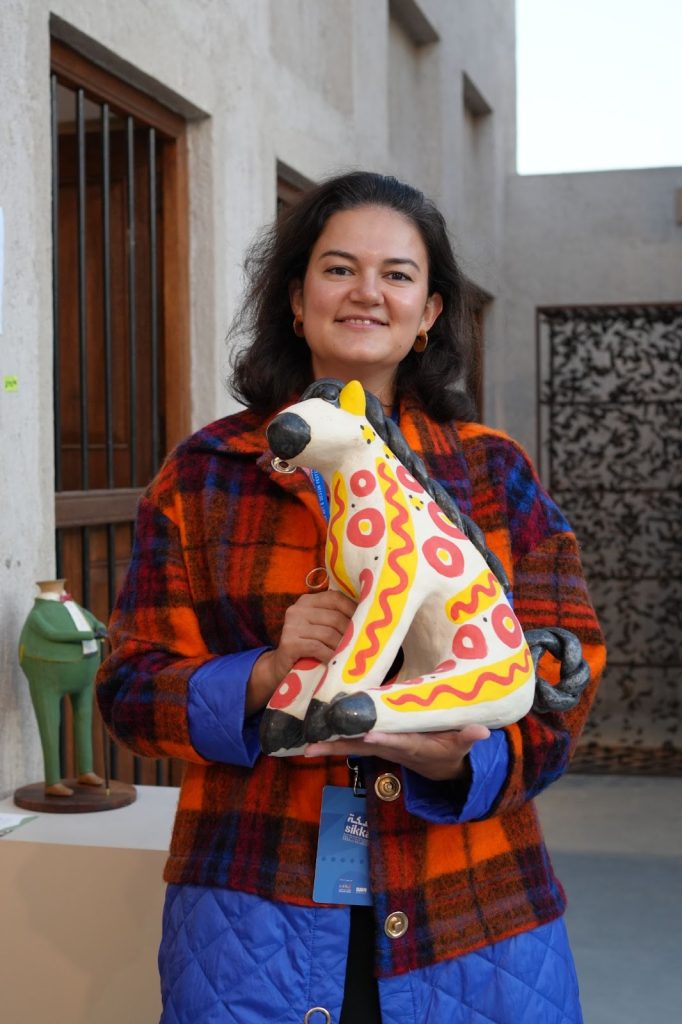

This handicraft originated among the female population of the old village of Dymkovo. Clay toys were molded in the form of horses, rams, goats, ducks, and other animals. Due to its plasticity, simplicity of patterns, and brightness of the palette, the Dymkovsky toy is widely studied and used in creativity, embodied in the form of drawings. The folk “Dymkovsky” style was often used in works of art.


“As a child, I was taught to work with clay, making a Dymkov toy. This was my first experience working with such material. Growing up, I came up with the idea to repeat this toy, but in a larger size. Here in Dubai, feeling like a child who learned how to work with clay again, I decided that I should learn more about the traditions and features of a new culture for myself. I have added elements of Emirati culture to my works that I noticed at the Al Shindagha Museum,” Margarita continued her speech, while a queue of journalists gathered behind us, to record an interview with the young sculptor as well.
The main symbols of Dubai can be clearly seen in the presented works, including the Museum of the Future, Expo Dubai Exhibition Centre and the patterns of Mehendi folk painting. One of the works is dedicated to the local fauna. “I found a list of animals that are under special protection. As a result, they are depicted on the surface of one of the Dymkov toys.”
Margarita attended the Sikka festival with purpose. A year ago, she submitted an application on the official website of the Dubai government. To ensure the organizers took notice, it was necessary to include additional work and awards. Fortunately, she had enough art to showcase, and a few months after the submission, the ministry sent her a positive response.
“This festival is supported by Dubai Culture, which is very important for me, because I am the holder of a talent visa issued by this authority. The talent visa (in the original “golden visa”) is valid for 10 years, which is considered a long enough period for the development of any creative career.”
The nine-day festival provided a wide range of art installations, photographic works, live performances, film screenings and workshops. This year, Sikka has gathered more than 500 representatives of the creative industry.
Exploring the numerous halls of the large Al Shindagha, we find ourselves in a room that is filled with an oriental atmosphere. There are climbing plants and geometric shapes that connect large intricate objects. On the shelf you can see a photo taken with an old Polaroid camera. On the top of it there is an image of the famous Lebanese singer Fairuz.
“My work is called “Me and the moon are neighbors.” This is my perception of the home environment. This is how many of the people who are away from their homes imagine their native hearth. We miss every detail in our houses. When I was working on this installation, I noticed a lot of little things that we miss in the daily hustle,“ says Sarah Khorbtli, a Syrian artist and designer. “I lived in one of the oldest cities in the world, which was very amazing. I realized this only after I had lived in a new place for a long time. We tend to romanticize some things, in the end – I’m glad that I made a choice in favor of self-development.”
“I’ll be honest, this book is very difficult to find. The search was long, because on many sites it was indicated that all copies had already been sold out.” – Sarah shares with us, reaching for a voluminous book, which cover says “Damascus: the hidden heritage of the Old City.”
Sarah got the opportunity to participate in Sikka unexpectedly for herself. She found out about it shortly before the start and there was very short time to prepare her installation. “I showed the organizers one of the posters I made earlier. They liked the concept so much and they decided to give me more time for making it. Taking full control of the situation, I prepared a 3D model in two days and sent an application. Having received an invitation to Sikka by email, it was a small matter to send the model for printing. The exhibition became an opportunity for me to show my work to a larger audience.”
Another notable installation is the work of Bahraini blogger and stylist Yara Ayoob entitled “Umm Al Khadhar Wal Leef: A Gentle Spirit”.
“Umm Al Khadhar is very famous in Arabic folklore. Parents often scared children with the saying: “If you don’t go to bed on time, she’ll come and catch you!”. But I decided to show her from the other side. After all, Umm Al Khadhar is the personification of the palm tree. And we should thank her instead of fearing her. She gives us a lot of things that we use everyday. It is enough to go back a few years, at a time when the Middle East population depended on the fruits of palm trees. It’s all about the culture and traditions of Arab countries.”
Sikka’s mission is to illustrate the combination of art and design with the traditions of the Arab world. It has established itself as a major creative event, promoting artistic excellence and expanding the possibilities of Dubai’s creative life.
“We have made big changes this year. Previously, the exhibition was held in the Al Fahidi district, in the middle of Arab bazaars. Organizing Sikka in such a vast area as the Al Shindagha Historical District has become a new challenge for us. But our guests also had pleasant surprises, because it probably won’t take a day to go through all the rooms and departments of this ancient museum and look at each exhibition. The idea is that thanks to such a large number of interesting places, there will be no queues and guests will be able to explore all the projects without unnecessary obstacles,” says Ahmed Al Adros, a representative of the Sikka organizing team.
The article is published with the support of the Dubai Culture & Arts Authority (Government of Dubai).
Photography and words:
Rakhim Dzhairkhanov


